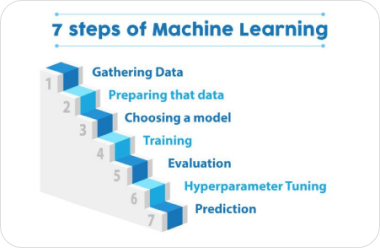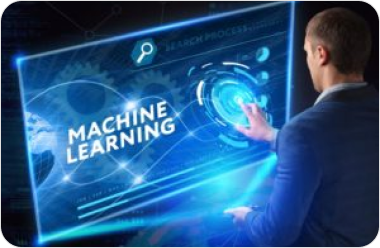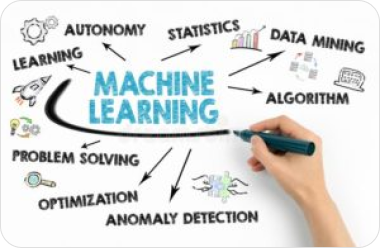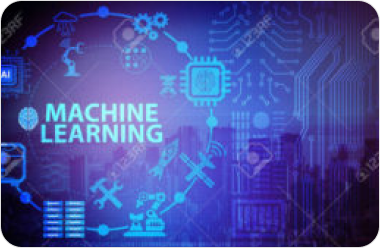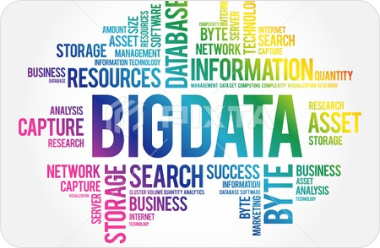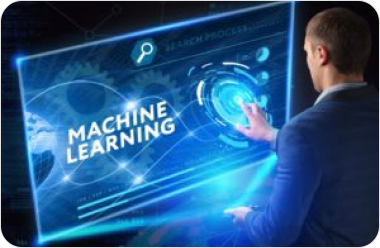We can group the machine learning algorithms into three broad categories: Decision process: The primary function is to use the data.
Machine learning is a rapidly growing field that has the potential to revolutionize the way we interact with technology. At its core, machine learning involves using algorithms to automatically learn from data and make predictions or decisions. We can group machine learning algorithms into three broad categories:
- Supervised Learning: In this type of machine learning, the algorithm is provided with labeled training data, where the correct answers are already known. The algorithm learns to map input data to output data by minimizing the difference between its predicted outputs and the true outputs in the training data. Examples of supervised learning algorithms include linear regression, decision trees, and neural networks.
- Unsupervised Learning: In unsupervised learning, the algorithm is given unlabelled data and must find patterns or structure in the data. This can include clustering similar data points together or reducing the dimensionality of the data while preserving important features. Examples of unsupervised learning algorithms include k-means clustering, principal component analysis (PCA), and autoencoders.
- Reinforcement Learning: Reinforcement learning involves an agent learning to interact with an environment by receiving feedback in the form of rewards or punishments. The agent learns to take actions that maximize its expected reward over time. Examples of reinforcement learning applications include robotics, game playing, and self-driving cars.
Regardless of the type of machine learning algorithm used, the primary function is to use the data to make decisions or predictions. This involves a decision process, where the algorithm considers different factors and uses them to determine the best course of action. The output of the algorithm can be used to automate decision-making processes, make predictions about future events, or optimize system performance.
In summary, machine learning works by using algorithms to automatically learn from data and make predictions or decisions. There are three broad categories of machine learning algorithms: supervised learning, unsupervised learning, and reinforcement learning. By understanding how these algorithms work, we can harness the power of machine learning to solve complex problems and improve our interactions with technology.
